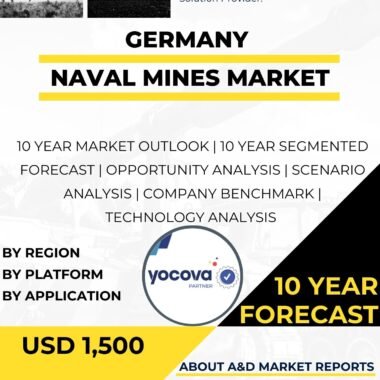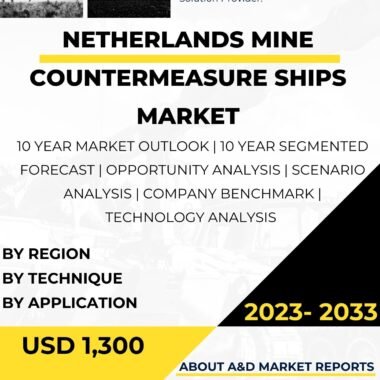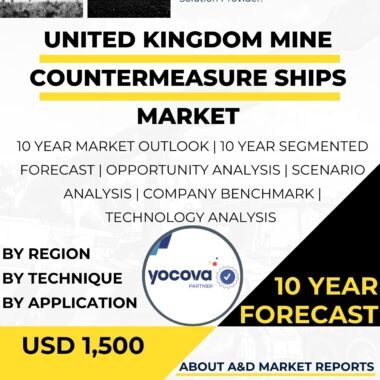Description
South Korea Mine Countermeasure Ships Market Overview
The Mine Countermeasure Ships Market is a vital part of the country’s defense industry. These ships provide essential capabilities for protecting maritime borders and securing sea lanes. Mine countermeasure (MCM) ships are specialized vessels designed to detect, locate, and neutralize sea mines and underwater explosives. South Korea has focused on local development, partnerships, and technological innovation to advance this market.
Importance of MCM Ships
Sea mines pose serious threats to maritime security in both peacetime and conflict. Mines can disrupt shipping lanes, hinder naval operations, and damage vessels and infrastructure. Mine countermeasure ships are essential for identifying and neutralizing these threats, ensuring safe passage for naval and commercial vessels.
Indigenous Development in the South Korea Mine Countermeasure Ships Market
Local development is a cornerstone of South Korea’s defense strategy, including its MCM ships. Companies like Hyundai Heavy Industries and Hanjin Heavy Industries have developed advanced MCM vessels to meet the needs of the South Korean Navy.
Ulsan-Class Minehunters
One key indigenous MCM ship is the Ulsan-class minehunter. These ships feature modern mine detection and neutralization systems, including sonars, remotely operated vehicles (ROVs), and influence sweeps. They effectively clear mines in coastal and shallow waters, improving maritime safety in South Korea’s territorial waters.
Strategic Partnerships
South Korea collaborates with defense companies to strengthen MCM ship capabilities. Partnerships allow technology transfer, joint research, and integration of foreign systems into local platforms. These collaborations help continuously improve MCM technology and reinforce South Korea’s naval capabilities.
Research and Development
R&D efforts focus on improving MCM ship performance, endurance, and mine countermeasure effectiveness. Innovations include enhanced autonomy, unmanned systems, and improved mine detection, which reduce risks to personnel during operations.
Training and Operational Readiness
South Korea emphasizes training for naval crews operating MCM ships. Programs cover mine detection, neutralization, and safe handling of explosives, ensuring personnel are proficient in all operational scenarios.
Cybersecurity Considerations
Modern MCM ships include digital systems that may face cyber threats. South Korea invests in cybersecurity measures to protect vessels and ensure safe operations during mine countermeasure missions.
Conclusion: Future of the South Korea Mine Countermeasure Ships Market
The South Korea mine countermeasure ships market plays a critical role in maritime security. Local development, strategic partnerships, and innovation have produced advanced MCM platforms that meet the Navy’s needs. From detecting and neutralizing mines to protecting maritime traffic, these ships strengthen South Korea’s naval forces. Continued investment in technology and training will safeguard maritime interests and maintain South Korea’s leadership in mine countermeasure capabilities.




